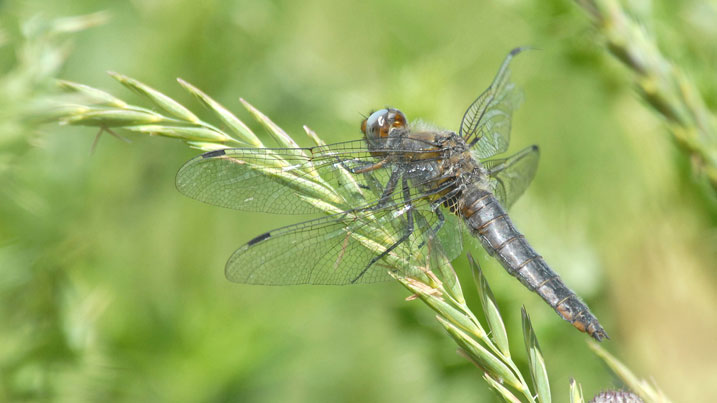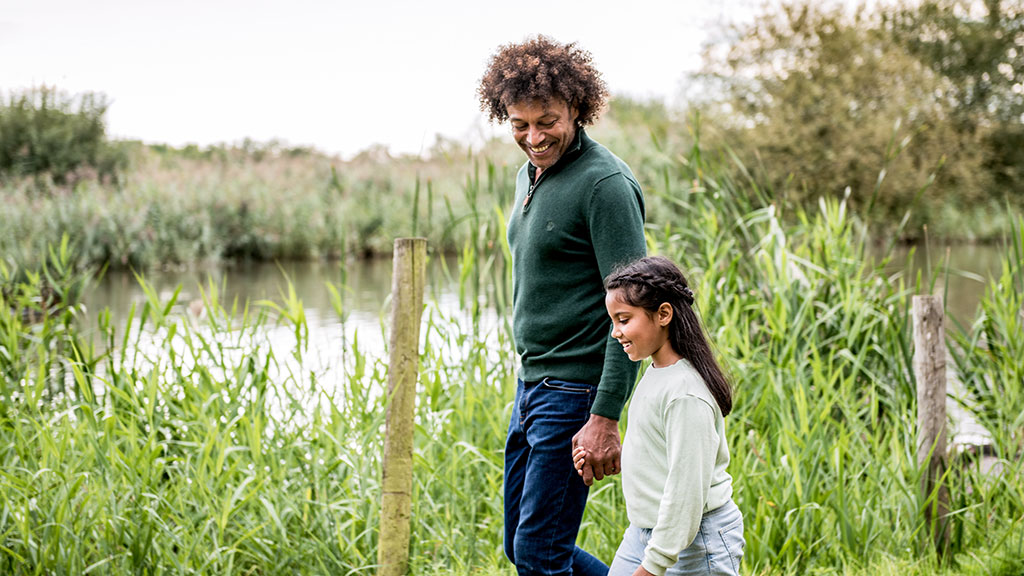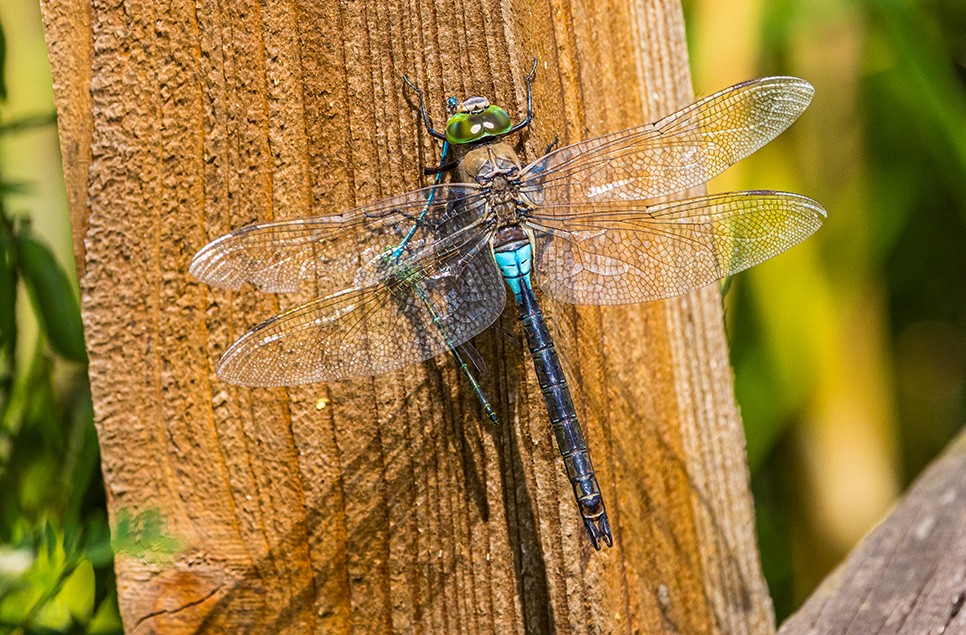Rare dragonflies discovered at WWT reserve in Somerset

WWT Steart is home to rare species of dragonflies, a study has found.
A host of species have been found at WWT Steart, including emerald, red-eyed and small red-eyed damselflies, brown hawker, scarce chaser and ruddy darter. Scarce chaser is Red Listed – meaning it is a species of conservation concern. Many were recorded onsite for the first time, thanks to surveys in the last two years.
To date, a total of 19 species have been recorded at the marshes, meriting the reserve with recognition as a Priority Site of Local Importance.
Site Manager Alys Laver said:
One of the reasons we created Steart was to form new habitats that could sustain wetland wildlife. So to hear that some of the rarest UK species of dragonfly have been discovered at our freshwater pools is fantastic news.
“We hope that ongoing studies at our reserve will reveal more about these striking creatures and how we can help them thrive.
The British Dragonfly Society survey was carried out to assess the presence and activity of the colourful four-winged insects following Steart’s transformation from low-lying fields into wetlands by WWT in 2014.
The presence of the endangered scarce chaser has excited conservationists hoping to find evidence that they are breeding on this site this year allowing the area to be upgraded to Priority Site of National Importance.
Surveys were conducted at Wetland Walkway, Middle Brook, the pond network and South Brook freshwater ditches by local ecology consultants Geckoella.
Beginning in May last year, fixed routes were surveyed four times during the main flight months of the year, which typically span the spring and summer months.
Out of 15 of the species recorded, ten were observed breeding and one species was reported to have bred on the site in 2017.
At least 11 species have met the British Dragonfly Society abundance criteria for Priority Sites.
The surveys will be repeated annually with the assistance of volunteers who were trained during the 2018 survey, which will likely increase the number of species identified onsite.
Experts hope that dragonflies that are both common and widespread in Somerset such as the large red damselfly, white-legged damselfly and the red-veined darter will spread to Steart, boosting the list to over 20 species.
Alys added:
Steart is only four years old so to boast over 20 dragonfly species would be an incredible achievement. We just have to wait to see what discoveries conservationists make this year. 2019 could be a very exciting year for us!
WWT and the Environment Agency transformed the area by building new floodbanks and creating a creek system. These new wetlands have become home to a wide range of animals.



